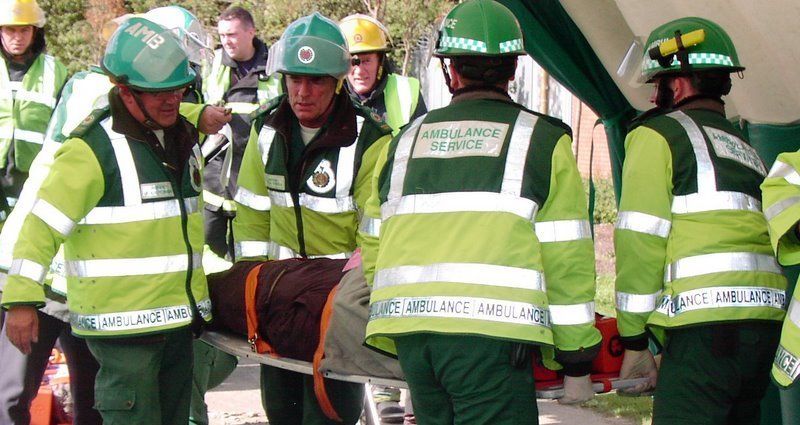There are as many definitions of stress as there are definitions of fatigue, mental health and upset. Stress is a negative feeling, associated with physical symptoms including increased heartbeat, swiftness of breath, dry mouth, and sweaty palms and over the longer term, digestive upset and cramp.
Psychological symptoms range from heightened emotional states, lack of impulse control, and feelings of being overpowered, losing control and fearfulness generally. People under stress behave differently. They may be angrier, more confrontational, show less time for others and impose an urgency on situations which is unrealistic.
Other characteristics include fatigue, proneness to upset, withdrawal, self neglect and depression.
Stress as we experience it may differ from person to person, but the feelings it brings about tend to be similar, regardless of what causes the stress. When we are aware of our feelings, thoughts and behaviours as well as our bodily reactions, we can assess ourselves as either relaxed, under slight pressure which we are coping with, under pressure we are finding challenging but acceptable, or under excessive pressure which is causing us stress.
We all have different levels of coping ability and a different tolerance for stress. There are those, often categorised as ‘Type A' personalities, who tolerate relatively high stress levels and thrive on the stimulation and alertness brought about by stress. There are others who have very low tolerance levels and thrive in slow moving environments with low stimulation and even paced work.
Coping skills can be improved through regular training, stress management training and through increasing self awareness and learning to react quickly when we become stressed. We may need to take more exercise, relax more frequently, alter our social habits, alter the way we view things, change the work system in some way or re-engineer our world so as to reduce our exposure to the cause of the stress.
The occupational health approach is to reduce the stress, from source, initially, then reduce the person-stressor interaction, and finally, give protection to the exposed person, when they are exposed. The approach usually involves the individual, the department or section in which the individual works and the organisation, so that general and specific stressors are reduced or eliminated.
Many aspects of personal, family and work life can cause stress, in that there are pressures embedded within all of these areas of our lives. The Work Positive Programme is an assessment of employee's perception of the stressors they recognise due to work factors only. Numerous factors at work can lead to potential stress and diminish our emotional and physical well being if gone unsupported or unchecked.
These aspects of the workplace can be labelled psychosocial hazards in some health and safety models, because they threaten mental health in the same way as physical hazards threaten the physical safety and health of employees.
Social support is a mediator of stress and means that in stressful environments, where support is available and accessed, the perception of the stressor and the resultant stress will be reduced. This means having people around you at work who you feel will be there to assist or to listen to your concerns.
Courtesy of the Health and Safety Authority.
For more information visit http://www.hsa.ie/eng/Workplace_Health/Workplace_Stress/#stress





